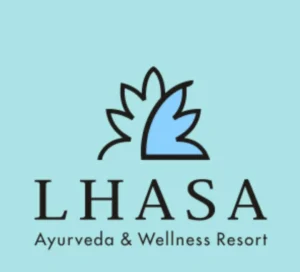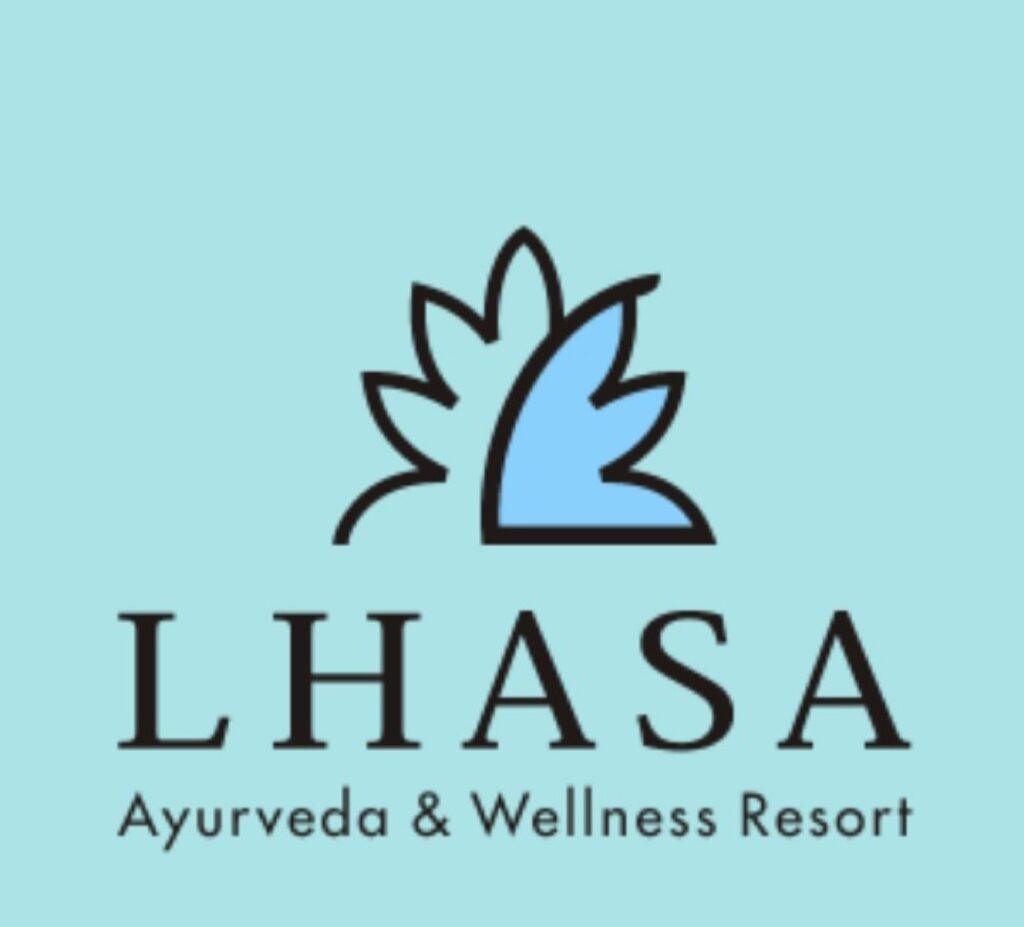Know Your Ayurveda
What is Abhyanga ?
The art of ‘Abhyanga’ lies in the synchronised, long strokes of massage from the scalp to the soles of your feet in the direction of your blood flow. The massage is done with warm, herbal-infused oils, that are selected according to the constitution of your body type. Apart from the obvious relaxation properties of this treatment, it also helps improve blood circulation, vision, sleep and the texture of your skin. The properties of selected herbs also aid in nourishment and improves skin condition.
What is Ilakkizhi (Patrasweda) ?
This is a form of sudation therapy – instigating perspiration in the body. Ila means leaf and kizhi stands for a linen bundle. In a nutshell, herbal leaves selected according to the body type of the patients are used to make a mixture, which is then tied up in the bundle. This hot kizhi is used for fomentation and targets various joint and muscle problems in the body. The heat of the kizhi is consistently kept warm throughout the treatment. This helps in improving rheumatic pains, joint swelling and muscle stiffness.
What is Podikkizhi (Choornasweda) ?
This is a form of sudation therapy – instigating perspiration in the body. Instead of leaves, a mixture of herbs in powdered form are tied up in the linen bundle – kizhi and used for fomentation, targeting various joint and muscle problems in the body. The herbal powders are selected according to the body type of the patients and the identified health problems. The heat of the kizhi is consistently kept warm throughout the treatment and used to increase perspiration while flushing out the toxins.
What is Navarakizhi ?
Navarakizhi is an unique therapy with origins in Kerala. This is also a subset of sudation therapy, where a bolus is used to instigate perspiration and flush out the toxins from the body. In Navarakizhi, a mixture of milk and rice infused with herbs are used for the treatment. The nourishing properties of these ingredients help strengthen the body, regenerate tissues and help with other musculoskeletal and neuromuscular diseases.
What is Pizhichil ?
Pizhichil means squeezing. In this treatment, warm medicated oil is squeezed all over your body from a piece of cloth that is periodically dipped in a vessel containing the oil. The duration lasts between 45-60 mins. and is decided based on the guest’s body type. This increases perspiration all over the body and relieves the muscles of pain, inflammation and swelling. It is also a very soothing and relaxing treatment which detoxifies your body and relieves stress. This treatment is also very helpful for nervous disorders and promotes muscle strength.
What is Dhara ?
Dhara is a special form of relation therapy that involves pouring of warm medicated liquids all over the body. There are different types of Dhara treatments, and the concoction is selected after evaluation by the ayurvedic physician. To name a few, Shirodhara is done by pouring herbal infused, warm oil over the scalp, head and hair for stress relief, insomnia and relaxation. Takradhara involves pouring medicated buttermilk for treating skin problems, headache and digestive issues. Ksheeradhara is done with herbal infused milk and oils while Dhanyamladhara uses medicated liquids.
What is Swedana ?
Swedana means perspiring and refers to different kinds of steam and fomentation treatments that are a part of ayurvedic healing treatments. It is a part of the preparatory treatments for panchakarma and involves flushing out the toxins through perspiration. A mix of herbal concoctions in various forms are used to achieve this. The idea is to dilate the body and flush out the toxins. The procedure is followed by a hot shower with immediate improvements in energy levels and relaxed muscles.
What is Udvartana ?
Udvartana is the practice of massaging the body in an upward movement, in contradiction to the traditional Abhyanga that involves massage in the direction of the blood flow. Another special feature of this treatment is the herbal powders, or grounded paste, in some cases, that are used for the purpose of the massage. The powders are fried in medicated oils or grounded based on the particular objective of the massage. This is used to treat a range of skin conditions, lifestyle disorders and for its exfoliating effect.
What is Nasya ?
Nasya refers to the process of administering medicines through the nostrils or the nasal passage. In ayurvedic medicine, this is believed to be effective for issues relating to the mind. The medicines differ for each Nasya treatment – ranging from medicated powder, oil, ghee and other liquids. The concoctions are selected after being evaluated by the ayurvedic physician.
What is Vamana ?
Vamana is the process of induced vomiting through drugs to expel the excess Kapha dosha. It is done in cases where there is too much mucus in the lungs causing asthma, bronchitis and other ailments. This is a part of the panchakarma treatment and is done after consultation with the ayurvedic physician.
What is Virechana ?
Virechana is a purgative therapy, laxative in nature to expel the excess Pitta dosha. It works in a downward expulsion, in contradiction to Vamana. This is done to clean the small intestines, liver, gallbladder and the pancreas. Again, it is done only after consultation with the ayurvedic physician.
What is Vasthi ?
In Vasthi, a choice of herbal oils and decoctions are introduced in the body through the rectum. This helps in pacifying the Vata imbalance and restores the natural equilibrium of the body. This is also a part of the extensive panchakarma treatment, and is done only after consultation with the ayurvedic physician.
What is Raktamokshana ?
Raktamokshana is the process of bloodletting through incisions, leech therapy and other processes and thereby removing the harmful toxins carried in the blood. This is done only for patients having high disorders relating to imbalance in Pitta dosha. This is also a part of the extensive panchakarma treatment, and is done only after consultation with the ayurvedic physician.



